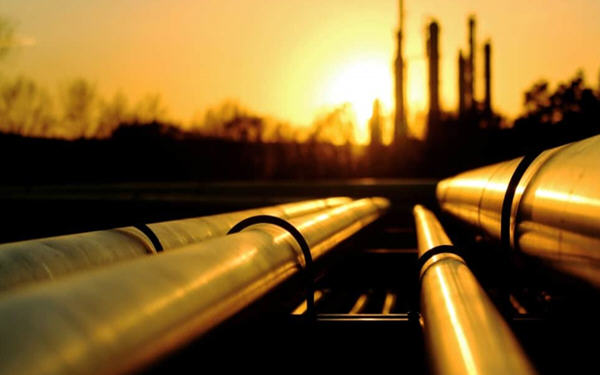
Energy stocks have struggled a lot in the year of 2023, dragged down by declining revenues and profit margins, due to macro headwinds such as falling oil prices, geopolitical tensions, inflation, the global economic downturn, rising interest rates, and reduced consumer spending.
As share prices have fallen,dividend yields of energy stocks have soared to unprecedented levels. Cardinal Energy (TSX:CJ), for example, has seen its share price fall 68% from its all-time highs, which in turn has pushed the dividend yield up to 11%. So can dividend investors buy this falling energy stock for an attractive dividend yield?
Cardinal Energy is an oil and gas company with a current market capitalization of C$1 billion that engages in the acquisition, exploration and production of oil and natural gas in the Canadian provinces of Alberta, British Columbia and Saskatchewan. The company’s biggest advantage over its peers is that it has an asset base that has lowest decline of production in Western Canada.
The financial results show that the company’s adjusted funds flow for the third quarter (Q3) of 2023 increased 45 per cent year-on-year to C$81.2 million, or C$0.51 per share, and production increased 4 per cent to 21,872 barrels of oil equivalent per day, due to a recovery in oil prices.
Cardinal Energy pays shareholders a monthly dividend of C$0.06 per share, which equates to a quarterly dividend of C$0.18 per share. It is worth pointing out that the dividend payout ratio for the third quarter was less than 40 per cent, which gives the company enough room to reduce its balance sheet debt, invest in growth projects and target accretive acquisitions.
During the third quarter, the company’s net debt was reduced by 19% or C$14.3 million, and the ratio of net debt to adjusted funds flow stood at 0.2 at the end of the quarter.
Energy stocks are cyclical, however, and the company had suspended its dividend to shareholders during COVID-19, having cut its dividend by 50 per cent over the past decade due to falling oil prices.
Last year, the company also disposed of lower net return non-core assets within its Alberta asset base, which produces 400 barrels of oil equivalent per day. After accounting for acquisitions and divestitures, Cardinal expects to produce 22,500 barrels of oil equivalent per day in 2023, an increase of 3% from previous expectations.
During the third quarter, the company spent C$30.3 million on capital expenditures, including drilling and completing eight wells in Alberta. These investments will help the company improve its cash flow, dividend and earnings going forward.
One of the key components of Cardinal’s business plan is to maintain a peer-leading low production decline rate, which allows the company to generate more free cash flow and reduce capital expenditures to maintain production levels.
Just a few years ago, the company identified steam-assisted gravity drainage (SAGD) as an area where it could grow and further reduce production decline levels. The company has acquired related assets from Broadview Energy, which will help it continue to improve its financial position through 2024 and beyond. As such, it still makes sense for investors to buy this struggling energy stock now.